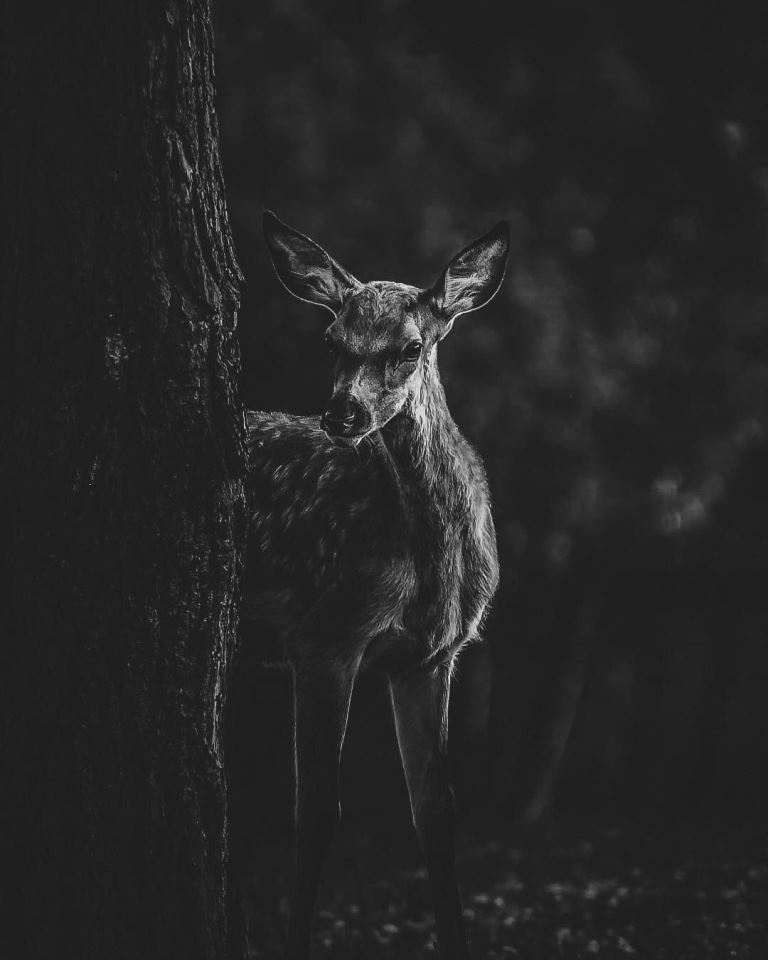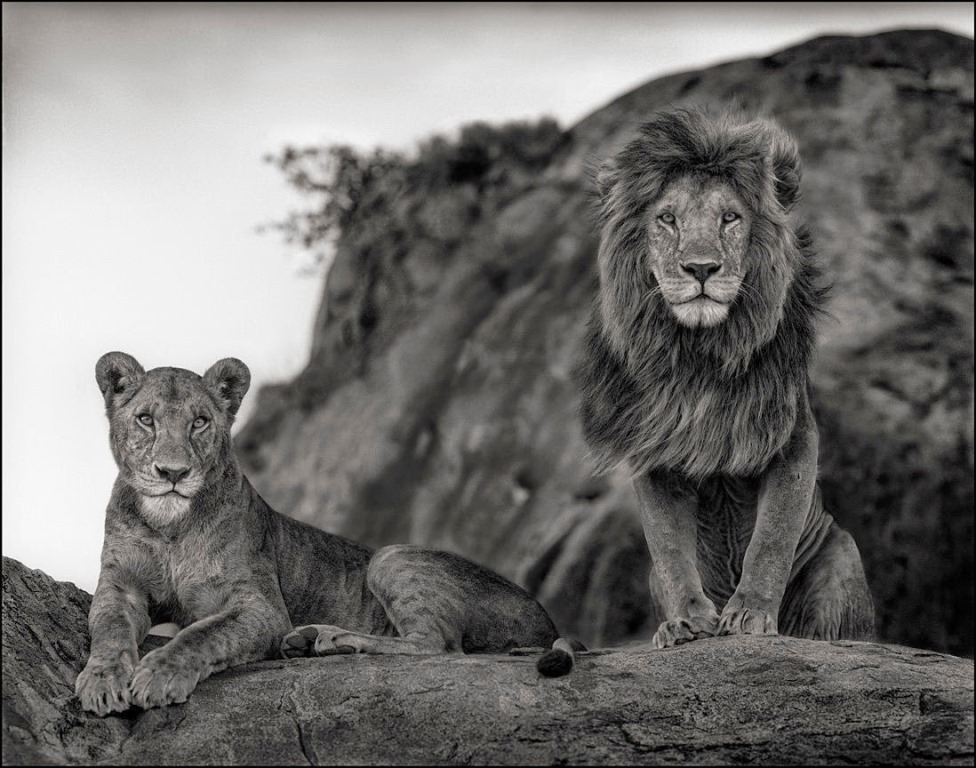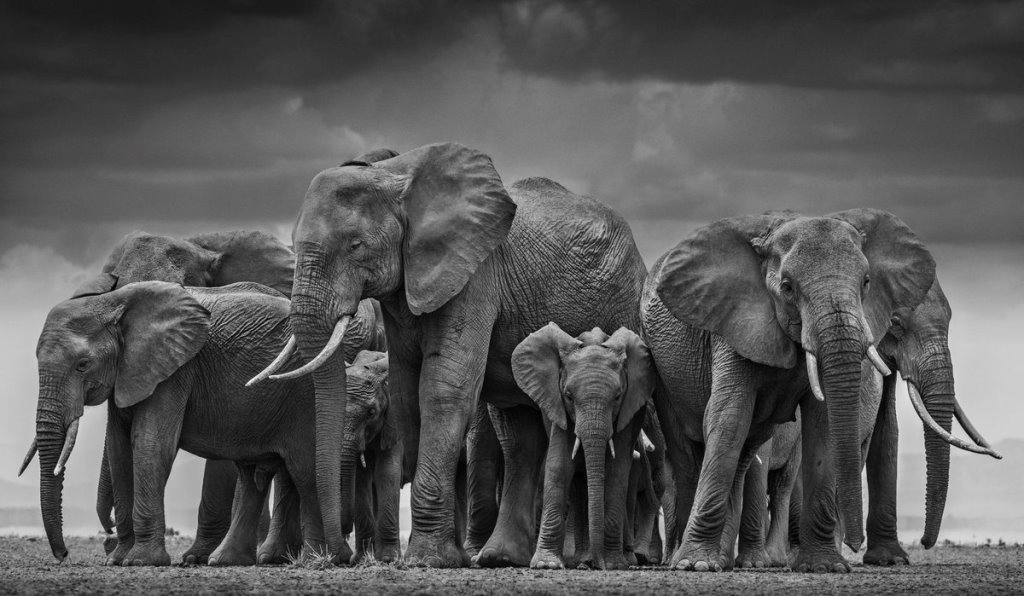We all live our life in color and yet majority of people will tell you their favorite color is either black or white. Black is the absence of light while white is the presence of all light and colors together. Hence, black and white have always attracted and fascinated people since ages. Black and white photography is no exception. Black and white photography is often more challenging than color photos, especially if it is wildlife photography. But when done correctly, it can convey much more emotions than color photography. While colors are beautiful, they can also distract from the actual subject that is the wildlife. Without the distraction of colors, the focus shifts to the wildlife and can give the photo a different mood and aesthetic. If you’re a budding wildlife photographer interested in black-and-white pics, here are some useful tips.
Choose Your Subject Carefully
When it comes to wildlife photography, color plays a very important role. Whether it is the plumage of a bird or the spots on an animal’s skin, colors make the details more pronounced. However, when you remove colors from the equation, animal pictures in black and white can reflect the beauty of nature and the personality of the animal. Hence, choosing your subject carefully is extremely important to capture and produce good photos. When choosing the subject, consider the lines and patterns in the landscape or the animal, the tone of the photo, and the amount of contrast it needs.

Find Good Light for Photography
In case of animal photography in black and white, lighting also plays a pivotal role. Light can completely transform a photo. So, when taking a photo in black and white, pay very close attention to the lighting and its effects on the subject. For powerful images with stark contrast, harsh lights work wonders. However, when you want to focus on the subtle changes in the tone, soft diffused light works best. Side lighting can illuminate the edges and highlight the shapes to enhance the contrast in a photo. It gives the photo a dramatic effect and is hence a popular lighting technique.
Know Your Subject
In wildlife photography, knowing your subject is the first and foremost thing you should do. No matter what kind of photo you take, knowing your subject can help you capture moments instead of simple pictures. All types of wildlife have some or the other traits and habits that are particular to that species. If you are aware of these traits and habits, you can better predict their actions. This can help you determine the best moments to click the pictures.
Be Creative When Taking Photos
A good picture is one that tells a story. When it comes to wildlife photography, simple clicking animal close-ups isn’t all you can do. In fact, with a little bit of creativity and attention to detail, you can produce some amazing original pictures. Taking a shot of a pack of lions is something any photographer can do. True creativity is making the photo talk to you. Add in a little scenery, like the pack of lions drinking and relaxing near a lake to make the photo special. You can also use lighting and the natural landscape to your advantage.

Be Patient with the Animals
It is rightly said that patience is a virtue that is highly rewarding. Even when it comes to wildlife photography, being patient can give you great rewards. If you’re patient and wait for the right time to click a picture, you can easily capture beautiful moments. However, simply being patient is not always enough. You must also know your subject fairly well to predict what action they might take next. For example, if you’re shooting a tiger and you’re patient and well aware with its habits, you can click them while hunting or doing some other activity. Such photographs are more effective as they are not random clicks but a portrayal of the wildlife and a display of their moods or emotions.
Black and white photography is a great way to see the nature and all its beauty in a different way. When you remove color, all the other details become more pronounced. It’s all about working with different tones, lights, and shadows to create a powerful image. While this is a very challenging task, with the above tips and some practice, you can also create beautiful wildlife images.










